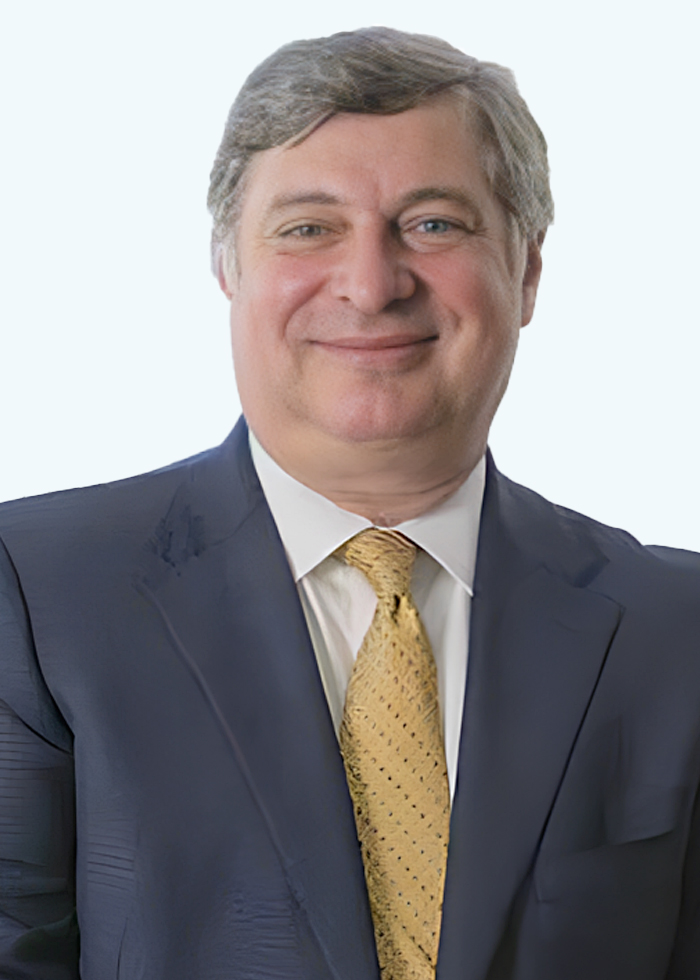
Inventing something new is an exhilarating experience. However, safeguarding your idea and ensuring that others cannot easily replicate it is important to your success. If you have questions about the patent process and want to make sure you are protected contact Gearhart Law’s Team of Patent Attorneys here or call us at (908) 273-0700.
Understanding Patents and Their Significance
A patent is a document issued by the United States Patent and Trademark Office (USPTO) that grants inventors exclusive rights to manufacture, use, sell, and import their inventions for a specific duration of time. Typically lasting 20 years for utility patents and 15 years for design patents.
Getting a patent for your invention comes with major advantages:
- Protection against infringement: Empowers you to take legal action against anyone who infringes upon your intellectual property rights
- Exclusive rights: Ensure that only you can create your invention, enabling you to profit from your idea without facing competition
- Easier licensing and collaboration: Simplifies the process of licensing your invention to others or collaborating with potential partners
- Enhanced market value: Inventions often possess greater market value, rendering them more attractive to investors and potential buyers
3 Types of Patents
Three primary types of patents exist:
- Utility patents: These patents protect the functional aspects of an invention, such as a new machine, process, or chemical composition. Utility patents are the most prevalent and typically endure for 20 years from the filing date.
- Design patents: Design patents protect the ornamental appearance of an invention, including its shape or design. Design patents remain valid for 15 years from the date of issuance.
- Plant patents: Plant patents preserve new and distinct plant varieties that have been asexually reproduced. Plant patents maintain validity for 20 years from the filing date.
The Patenting Process: How to Patent an Idea
Step 1: Conduct a Patent Search
Before embarking on the patent application journey, it is essential to perform a comprehensive patent search to ensure the novelty and uniqueness of your invention. A patent search enables the identification of existing patents or published applications related to your invention.
Utilize the United States Patent and Trademark Office’s online Patent Full-Text and Image Database (PatFT) and the World Intellectual Property Organization (WIPO) database to conduct your search.
Do not hesitate to call us when you are dealing with an issue in regard to patents. Our experienced team of attorneys will help you through the legal process and ensure you receive the best possible outcome for your case. Contact us now at (908) 273-0700.
Step 2: Determining the Necessary Patent Type
Before the patenting process, it is crucial to ascertain which type of patent aligns with your invention’s characteristics and the desired level of protection.
Step 3: Prepare Your Patent Application
Upon determining the appropriate patent type and completing a thorough patent search, it is time to prepare your patent application. A comprehensive patent application consists of the following components:
- Application Data Sheet: Provides crucial information about the inventor, the invention, and any related applications.
- Specification: Comprises a detailed written description of your invention, including its purpose, operation, and structure. The description should be concise yet clear enough for individuals skilled in the relevant field to comprehend and replicate the invention.
- Claims: Delineate the scope of protection offered by the patent. They must be clear, concise, and supported by the specification.
- Abstract: Offers a summary of the invention, typically restricted to 150 words.
- Drawings: Include any drawings or diagrams that aid in illustrating the invention and its functioning.
Step 4: Choose Between a Provisional and a Non-Provisional Patent Application
For utility patents, two types of patent applications exist:
- A provisional patent application is an informal application that secures an early filing date without resulting in an immediately granted patent. It serves as a means to protect your idea while you continue to refine or develop your invention. A provisional patent application remains valid for one year.
- Conversely, a non-provisional patent application is a formal application that, upon approval, leads to the granting of a patent. It encompasses all essential components such as specifications, claims, and drawings. Non-provisional patent applications undergo examination by the USPTO and generally involve a more extensive approval process. A non-provisional patent application must be filed within one year of the filing date of the provisional patent application.
Step 5: File Your Patent Application with the USPTO
When your patent application is prepared, you should submit it to the USPTO. Remember to include the necessary filing fees, which will depend on the type of application and the size of the applicant (such as a small entity or micro entity).
Step 6: Monitor Your Application and Respond to USPTO Communications
Upon filing your patent application, the USPTO will assign a patent examiner to review the application and determine its compliance with patentability requirements .
It’s essential to closely watch your application status, and respond to any Office Actions promptly & thoroughly.
Step 7: Patent Issuance and Maintenance
If the patent examiner deems your invention eligible for a patent, the USPTO will issue a Notice of Allowance. Once the fee is paid, the USPTO will grant you the patent .
For utility patents, maintenance fees must be paid at specific intervals (3.5, 7.5, and 11.5 years) to ensure the continued validity of your patent.
How to Find the Best Patent Attorney for You in New York or New jersey
Patenting your idea can be a tricky process. However, enlisting the assistance of a seasoned patent lawyer can greatly speed up the patent process, and help avoid the risk of incorrectly filing your patent. A knowledgeable patent lawyer will serve as your trusted guide, offering key advice and support every step of the patent process. From conducting a deep patent search to determining the most suitable patent type for your invention, your patent attorney in New Jersey or New York will see that your application is meticulously prepared and accurately submitted. With their years of professional experience, you can proceed with confidence, knowing that your patent journey is in capable hands.
Get legal advice from a leading patent, trademark, and copyright law firm committed to helping you get the best possible outcome. Call us now at Gearhart Law for a consultation regarding your legal remedies at (908) 273-0700.


